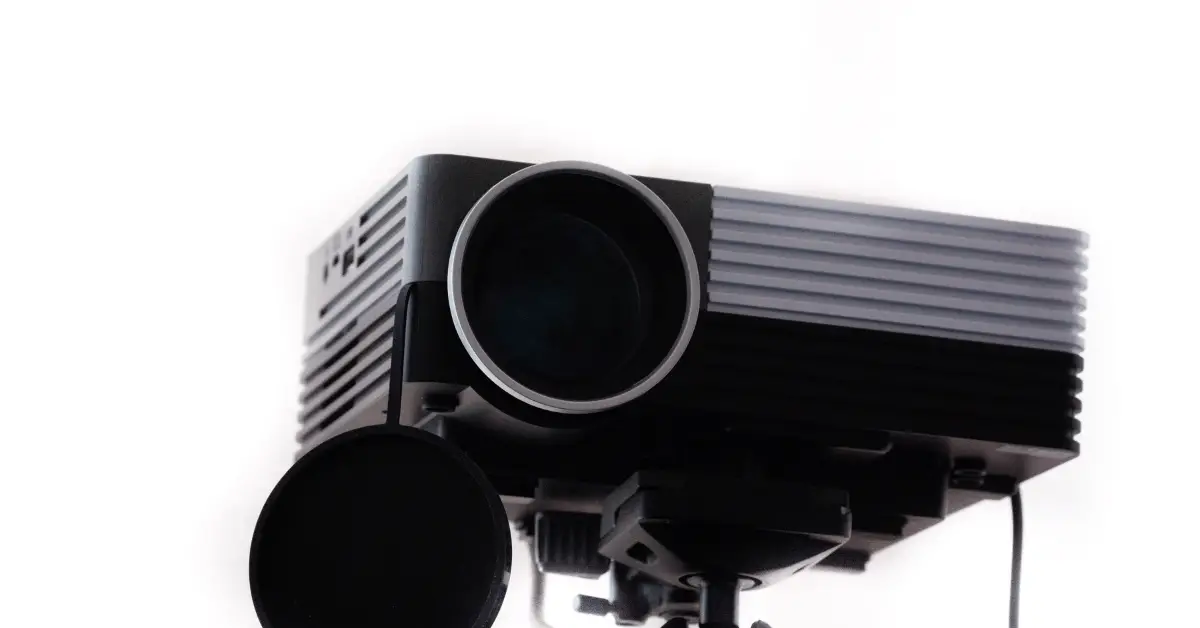Projector screens are an essential component of any projector setup, providing a surface on which to display images and videos. When it comes to choosing a projector screen, there are many different types available on the market, each with its own features and benefits. In this article, we will explore the different types of projector screens and their features to help you choose the right one for your needs. Whether you’re setting up a home theater or a classroom presentation, understanding the different types of projector screens available can help you get the most out of your projector setu
Table of Contents
Different Types of Projector Screens
When it comes to choosing a projector screen, there are many different types available on the market, each with its own features and benefits. In this article, we will explore the different types of projector screens and their features to help you choose the right one for your needs.
1. Fixed Frame Screens
Fixed frame screens are designed for permanent installations and are typically mounted to a wall or ceiling. They provide a flat, wrinkle-free surface for high-quality image reproduction and are ideal for use in home theaters or other professional settings.
2. Electric Motorized Screens
Electric motorized screens are designed to be raised and lowered electronically, making them convenient and easy to use. They are ideal for use in classrooms, conference rooms, and other professional settings where a portable screen is needed.
3. Manual Pull-Down Screens
Manual pull-down screens are similar to electric motorized screens but are operated manually by pulling the screen down from a housing unit. They are often used in classrooms, small conference rooms, and other settings where a portable screen is needed.
4. Portable Screens
Portable screens are lightweight and easy to transport, making them ideal for use in outdoor settings or when traveling. They are typically made of flexible materials such as vinyl or fabric and come in a range of sizes and shapes.
5. Rear Projection Screens
Rear projection screens are designed to be used with a rear projector and provide a bright, high-contrast image. They are often used in stage productions and other large-scale events.
6. Ambient Light Rejecting Screens
Ambient light rejecting screens are designed to reduce the impact of ambient light on the projected image. They are ideal for use in brightly lit rooms or outdoor settings where light is a problem.
7. Tab-Tensioned Screens
Tab-tensioned screens are designed to be stretched tight using tensioning cables, ensuring a flat, wrinkle-free surface. They are ideal for use in home theaters and other settings where high-quality image reproduction is important.
8. Whiteboards
Whiteboards are designed to function as both a projector screen and a writing surface. They are ideal for use in classrooms and other educational settings where interactive lessons are a priority.
Conclusion
In conclusion, there are many different types of projector screens available on the market, each with its own features and benefits. When choosing a projector screen, it’s important to consider factors such as screen size, image quality, portability, and installation requirements. By understanding the different types of projector screens available, you can choose the right one for your needs and enjoy a high-quality viewing experience.

